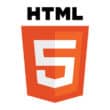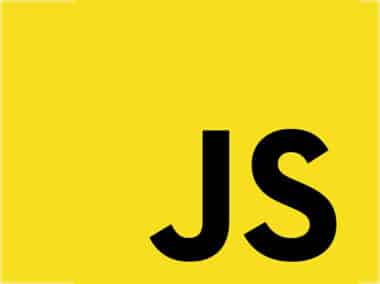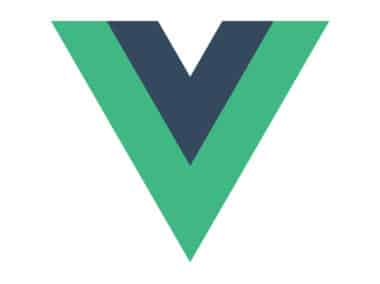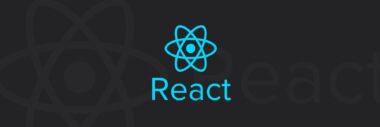HTML5 introduced a set of semantic elements that help to enhance the structure and meaning of web pages. These elements provide a clear and descriptive way to define the different parts of a web page, making it easier for search engines and screen readers to understand the content.
Semantic elements are HTML tags that describe the content they contain, and their use is essential for creating accessible and well-structured web pages. Using semantic elements improves the accessibility of your web pages, as users with screen readers can navigate the content more efficiently.
Header Element
The header element is used to define the top section of a web page or a section within it. It often contains a logo, navigation menu, and other introductory content. To use it, simply wrap the header content in the <header> element.
<header>
<img src="logo.png" alt="Website Logo">
<nav>
<ul>
<li><a href="#">Home</a></li>
<li><a href="#">About</a></li>
<li><a href="#">Contact</a></li>
</ul>
</nav>
</header>
The header element is an essential element for creating a structured web page. It is typically used for the banner section of the website, and it should contain the website’s logo, primary navigation links, and other introductory content.
Footer Element
The footer element is used to define the bottom section of a web page or a section within it. It often contains copyright information, legal disclaimers, and links to other pages. To use it, simply wrap the footer content in the <footer> element.
<footer>
<p>© 2021 My Website. All Rights Reserved.</p>
<nav>
<ul>
<li><a href="#">Privacy Policy</a></li>
<li><a href="#">Terms of Use</a></li>
</ul>
</nav>
</footer>
The footer element is important for providing context to the website’s content. It is typically used for the website’s legal information, such as copyright information and privacy policy.
Section Element
The section element is used to define a logical section of a web page. It can be used to group related content and provide a clear structure to the page. To use it, simply wrap the section content in the <section> element.
<section>
<h2>Our Services</h2>
<p>We offer a wide range of services including web design, development, and marketing.</p>
<ul>
<li>Web Design</li>
<li>Web Development</li>
<li>Digital Marketing</li>
</ul>
</section>
The section element is an essential element for organizing content on a web page. It should be used to group related content together and provide a clear structure to the web page. It is also important to remember that the section element can be nested inside other section elements, providing further structure and organization to the page.
Using these semantic elements not only helps to improve the structure and meaning of your web pages but also makes it easier to maintain and update the content in the future. By using semantic elements, you can create a more accessible and organized website, making it easier for users to navigate and understand the content on your website.
In summary, using semantic elements is crucial for creating well-structured and accessible web pages. The header element is used to define the top section of a web page, the footer element is used to define the bottom section, and the section element is used to group related content. By using these semantic elements, you can create a more organized and accessible website, making it easier for users to navigate and understand your content.




